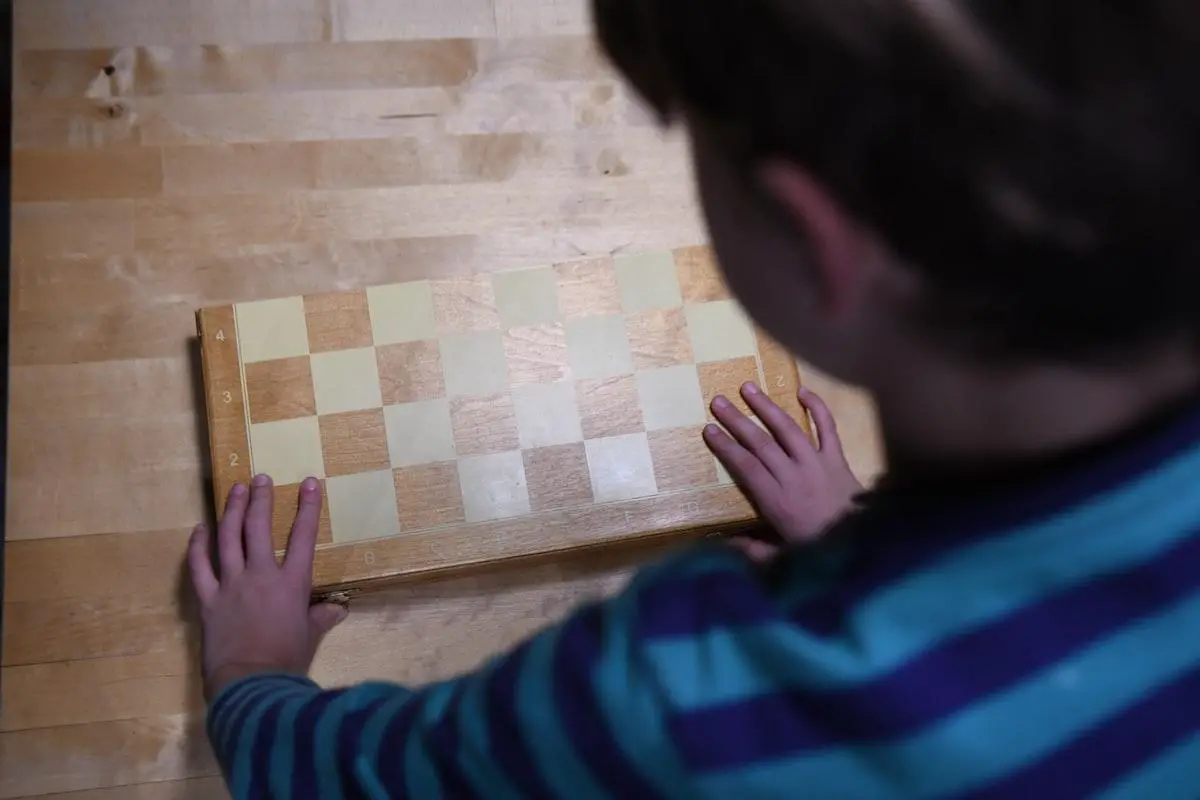Chess is a game of strategy, requiring both patience and precision. Attacking in chess is an essential skill for any serious player. It involves planning and executing moves to capture the opponent’s pieces and gain a strategic advantage. In this article, we will discuss the definition of attacking in chess, the benefits of attacking in chess, and how to attack in chess. With the right strategy and tactics, you can master the art of attacking in chess and become a formidable opponent.
Mastering the Art of Attacking in Chess

When it comes to mastering the art of attacking in chess, there are three basic principles that should be understood. Firstly, it is important to have an understanding of each of the pieces and how they can be used to create an advantage. Knowing the strengths and weaknesses of the pieces is key to finding the right move in any given situation. Secondly, mobility is essential when attacking in chess. Having the ability to move your pieces quickly and efficiently will give you the opportunity to take control of the board. Finally, taking advantage of weak squares is a great way to gain an advantage in attack. By looking for squares that are vulnerable to attack, you can create a strong attacking position and exploit your opponent’s weaknesses. With these three basic principles in mind, you can start to master the art of attacking in chess.
Master the Art of Attacking in Chess

When it comes to attacking in chess, there are a few common strategies you can use to gain an advantage. One of the most common strategies is sacrificing pieces. Sacrificing pieces can be a great way to gain a strategic advantage by trading off a less valuable piece for a more valuable piece. Another great strategy for attacking is pinning. Pinning involves putting your opponent’s piece in a position where it cannot move without putting a more valuable piece in danger. Forks are another great attacking strategy. A fork is when you attack two of your opponent’s pieces at the same time. Finally, discovered attacks are a great way to gain a strategic advantage. Discovered attacks involve moving your piece to a different square to reveal an attack on your opponent’s piece. By using these common strategies, you can master the art of attacking in chess and gain a strategic advantage over your opponent.
Master the Art of Attacking in Chess
One of the most important skills to master in chess is attacking. To become a successful attacker, you’ll need to develop your pieces, look for weaknesses in your opponent’s position, anticipate your opponent’s moves, and be willing to sacrifice pieces. Developing your pieces means learning how to move them in order to create a strong attacking position. You’ll want to look for weaknesses in your opponent’s position such as unprotected pieces, open files, and unguarded squares. Once you’ve identified a weakness, you can use your pieces to create a strong attack. Anticipating your opponent’s moves is also essential; you need to be able to think several moves ahead in order to set up a successful attack. Finally, don’t be afraid to sacrifice pieces in order to gain a positional advantage. Sacrificing pieces can be a great way to gain the upper hand and set up a powerful attack. With practice and dedication, you can learn the art of attacking in chess and become a successful attacker.
Master the Art of Attacking in Chess
In conclusion, mastering the art of attacking in chess is an essential skill for any chess player. By understanding the different types of attacks and their associated strategies, you can gain a significant advantage over your opponents. Attacking in chess allows you to control the board and dictate the game, giving you a greater chance of winning. Additionally, attacking can be a great way to improve your chess skills and develop your strategic thinking. With the proper knowledge and practice, you can become a master of attacking in chess and take your game to the next level.
FAQs: How to Attack in Chess and Master the Art
Attacking in chess is an essential skill for any chess player who wants to become a master. Learning how to attack in chess can be a difficult and daunting task, but with the right strategy and practice, you can become an expert attacker. In this article, we will answer some of the most commonly asked questions about attacking in chess.
What are the basic principles of attacking in chess?
The basic principles of attacking in chess are to gain an advantage over your opponent by controlling the center of the board, developing your pieces, and attacking your opponent’s pieces. You should also look to create threats, such as forks, pins, and skewers, to distract your opponent and gain an edge.
How can I use pieces to attack in chess?
The best way to use pieces to attack in chess is to develop your pieces to the center of the board and to use them to create threats. This can be done by using your pieces to create forks, pins, and skewers, or by using them to control important squares.
What are some important strategies for attacking in chess?
Some important strategies for attacking in chess include creating a strong center, controlling key squares, and developing pieces to create threats. You should also look to create weaknesses in your opponent’s position and exploit them. Finally, you should always be prepared to sacrifice pieces to gain an advantage in the game.
What are some common mistakes to avoid when attacking in chess?
Some common mistakes to avoid when attacking in chess include moving pieces too quickly, attacking too early, and not developing pieces properly. You should also avoid making moves that are too predictable or that give your opponent too much time to react. Finally, you should always be aware of your opponent’s pieces and how they can be used to defend against your attacks.